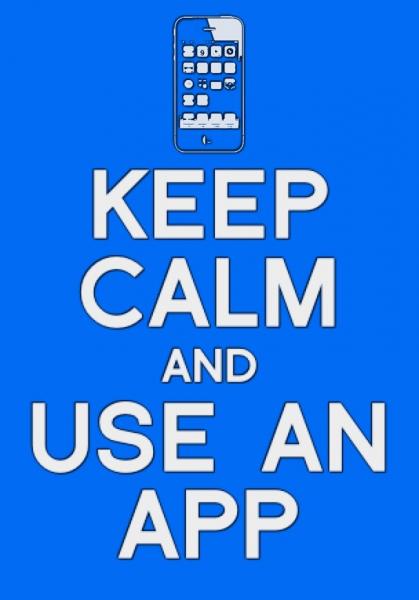The Rise And Fall Of Free Apps

SEE ALSO: App Store Celebrates Five Years
According to a study by Gartner, however, generally only one percent of apps will be profitable. Ken Dulaney, the Vice President of Gartner explains, “Our analysis shows that most mobile applications are not generating profits and that many mobile apps are not designed to generate revenue, but rather are used to build brand recognition and product awareness or are just for fun. Application designers who do not recognize this may find profits elusive.
Unfortunately for any aspiring app designers, any profits from their products will be fleeting, if existent at all. The other issue is a fairly crowded environment where it is difficult to get your app noticed at all. In order to confront these issues some app developers rely on ads to make some money but others instead use in-app purchases to add some profits. The problem with in-app purchases is that they either lead to upset parents dealing with children buying too many smurfberries or that consumers have to choose between paying for progression or waiting a full day in real time like when Rovio unveiled Angry Birds karting: a “free” game with only one racer and a limit on the amount of time you could play, unless you paid additional money.
Gartner also predicts that, by 2017, 94.5 percent of downloads will be for free apps. Although free is usually desired, there is also a potential future where the “freemium” model, becomes the norm. In a market oversaturated by apps, the only way to make a profit from your alarm app could be inserting in app purchases. Then having customers buy different skins or even withholding features that must be “unlocked”. This is already a growing concern with console video games having on-disc DLC, but according to many analysts the future of handheld gaming rests with cell phones and tablets.
SEE ALSO: Gamer Roullette: DLC For You And Me
In this future, will a freemium model really be what the consumer ultimately wants? According to Ericcson.com though, by 2019 there should be 5.9 billion smartphone subscriptions, meaning the freemium model might be something we as consumers will have to become accustomed to.
For now though, the mobile app space is volatile as ever and maybe by 2019 when Neon Tommy decides to release an app, we may have an entirely different market than we currently have now.
Reach Reporter Roger Aguirre here.



